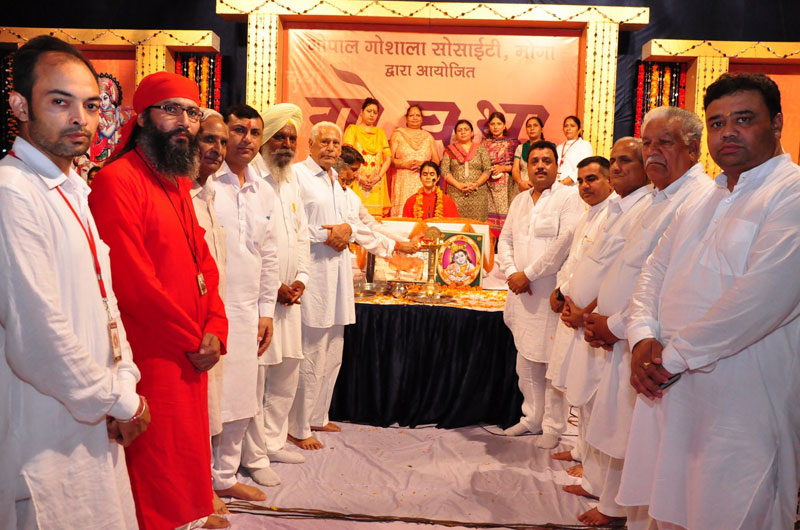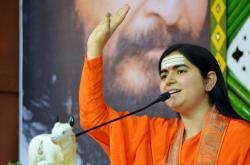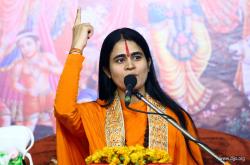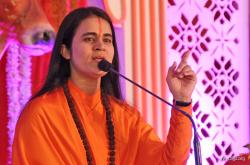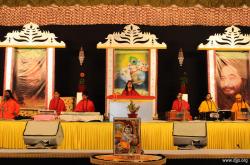गावो बंधुर्मनुष्याणां मनुष्याबांधवा गवाम् ।
गौः यस्मिन् गृहेनास्ति तद्बंधुरहितं गृहम् ॥
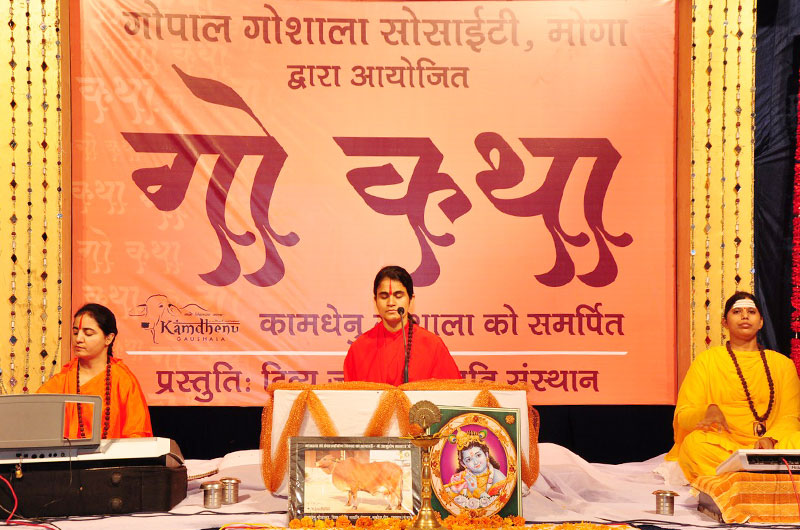
Cows are the abode of the Goddess of wealth. Sins don’t touch them. There exists a fine relationship between man and cow. A home without a cow is like one without dear ones.
In a bid to revive the ancient Indian tradition and culture of conserving the Holy cow, a ‘Gau Katha’ was organized in the state of Punjab in one of the districts of Moga from 14 August 2015 to 16 August 2015 with great fervor and enthusiasm.
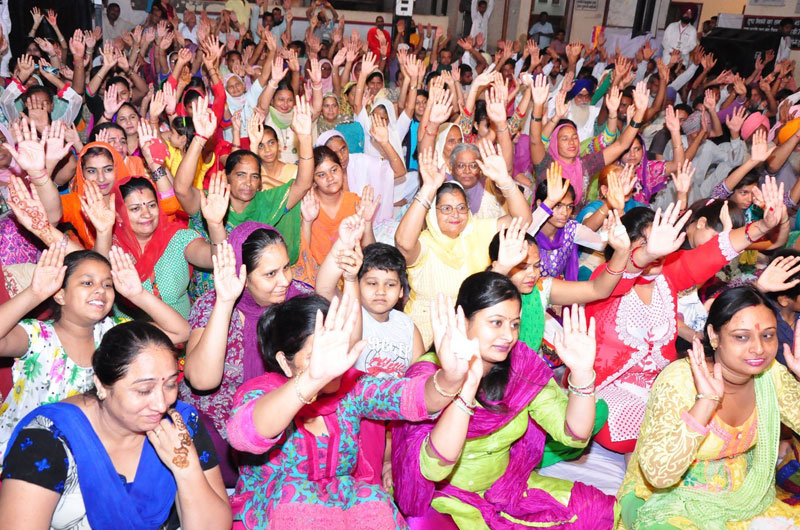
Sh. Anil Bansal (Sen. Dept. Mayor), SDM Jyoti Bala Mattu Ji, Dr. P.N Mahajan (Surgeon) were the highlighted Chief Guests of the event.
Disciple Preacher of His Holiness Shri Ashutosh Maharaj Ji through her depictions explained that Lord Krishna, often depicted playing his flute amongst cows and dancing with the Gopis (milkmaids), grew up nurturing and playing with cows. Lord Krishna, also known by the names Govinda and Gopala, which literally means ‘friend and protector of cows’, was a strong believer in protecting and conserving the Holy cow.
Throughout the Vedic scriptures there are verses, which emphasize that the cow must be protected and cared for. It is considered a sin to kill a cow and eat its meat. It is considered highly auspicious to feed a cow before eating breakfast. Even today in India, there are many states in which the slaughter of cows is illegal.
Ayurveda advocates the sattvic qualities of milk and dairy products. That is why most Hindus are vegetarian, but not vegan. Fresh, organic milk, yogurt, buttermilk, paneer (homemade cheese) and ghee, are all considered highly nutritious, and an important part of the diet. Not only do these dairy products provide important proteins and calcium for our tissues, but are sources of Ojas, which gives our body strength and immunity.
Cow dung is saved and used for fuel, as it is high in methane, and can generate heat and electricity. Many village homes are plastered with a mud-cow dung mixture, which insulates the walls and floors from extreme hot and cold temperatures. Cow dung is also rich in minerals and makes an excellent fertilizer. It is a very good disinfectant as well. There is a big organic farming movement in India to return to ancient methods of utilizing cow dung to re-mineralize the depleted soil. Scientific research has found that the ritual of burning cow dung and ghee as fuel for sacred fires, actually purifies the air, and has anti-pollutant and anti-radiation qualities in the environment.
Overall, the ‘Gau Katha’ proved to be a powerful medium to create awareness amongst the masses about the relevance of the scared cow in our lives.


